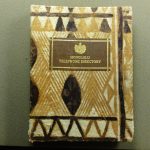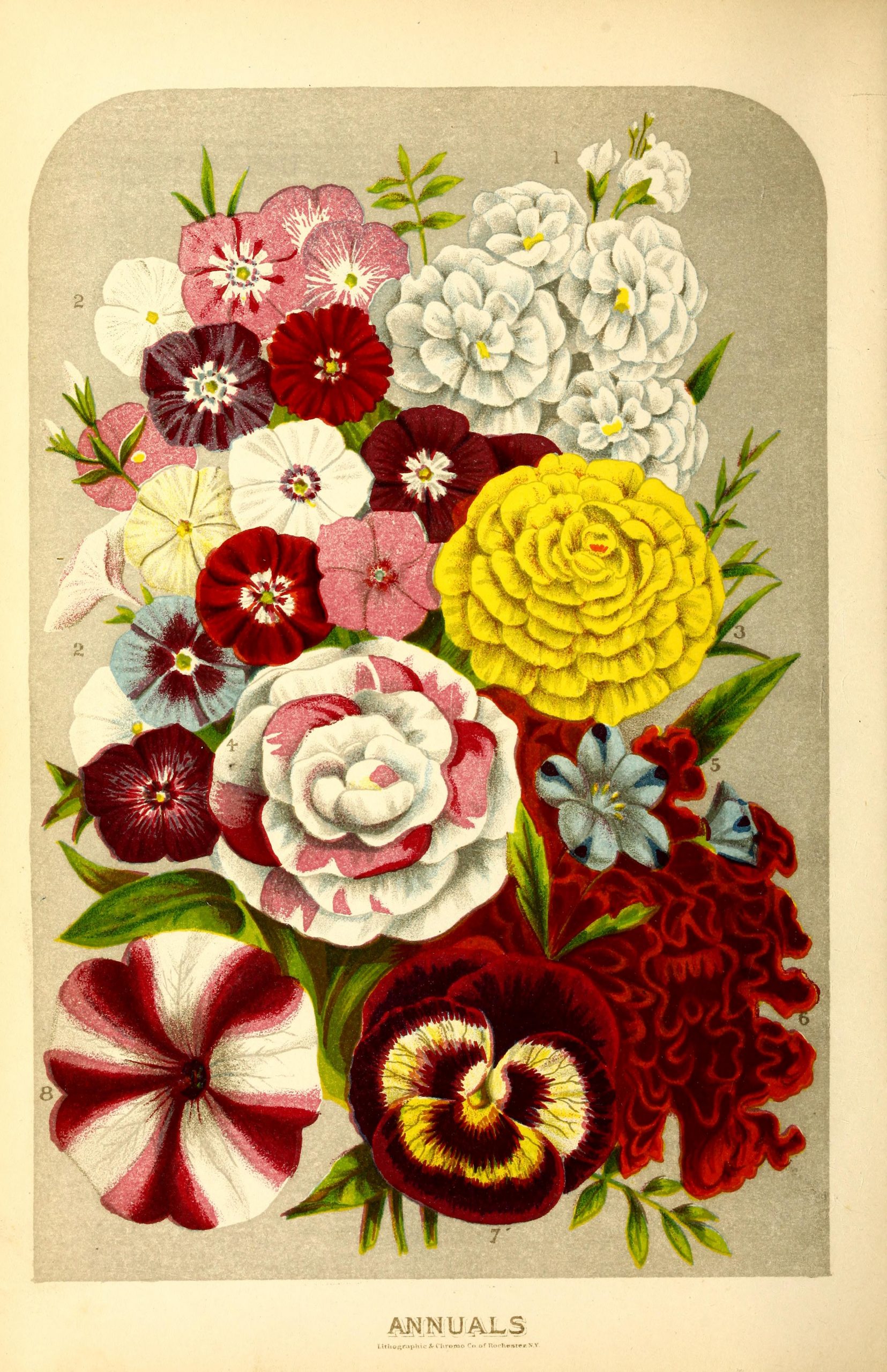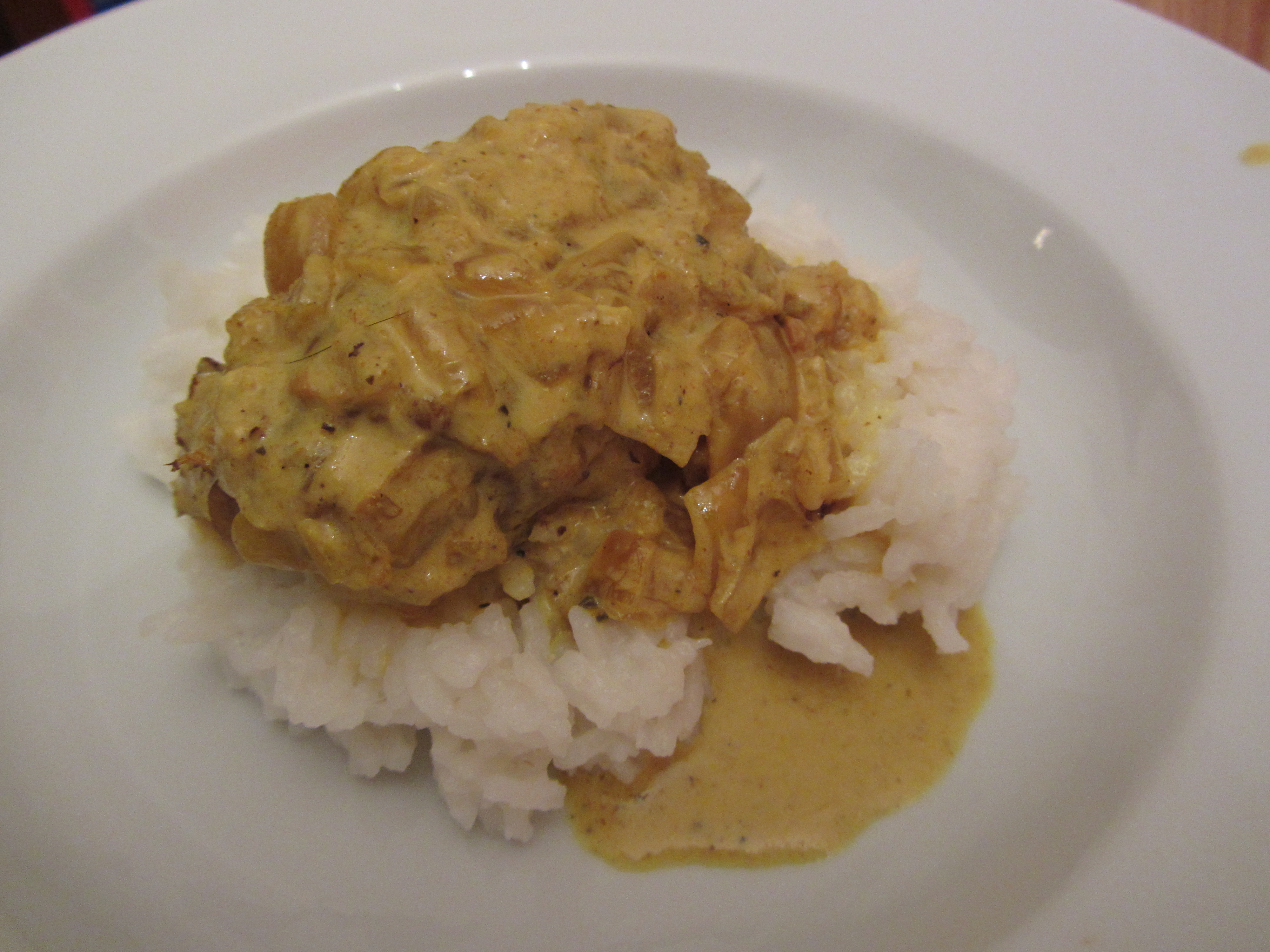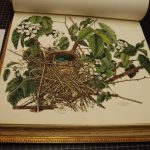A garden is a place to rest, relax, rejuvenate. It also provides an opportunity to learn about nature. Staff at Smithsonian Libraries and Archives are also learning and developing new skills. Some of these new skills are related to digitization and accessibility of biodiversity literature.
Tag: Cullman Library
When a book arrives in the Conservation Lab the first order of business is often detective work. The binding is examined to determine if it is original to the book, the paper is analyzed for clues to its origin, and scraps of paper or other ephemera enlighten us as to the provenance of the book. Recently, a particularly intriguing volume, Botanicon, came to us from the Joseph F. Cullman 3rd Library of Natural History.

The Smithsonian Institution Libraries recently acquired a telephone book. Big deal, you say? Ah, but this is a telephone directory for the territory of Hawaii, issued for the winter of 1930. For that reason alone, it’s fun to browse through, to see the old advertisements and daydream about living in the gorgeous Hawaiian Islands, back in the days when the entire list of businesses and households in the territory which owned telephones could be recorded in one slim volume.
But this isn’t just any old phone book. This particular copy belonged to the Royal Hawaiian Hotel in Honolulu, which opened in February 1927 on the spectacular Waikiki beachfront. Known as “the Pink Palace of the Pacific,” the Royal Hawaiian Hotel was one of the earliest luxury resorts established in this tropical paradise. The stylish décor featured at the Royal Hawaiian Hotel, inspired partly by the native crafts of the South Sea Islanders, exerted a lasting influence upon tourists from the mainland, who came to associate the good life in Hawaii with vivid patterns reminiscent of exotic plants, birds, marine life, sunshine, and ocean waves.
 The origin of curry, the saucy, spiced dish celebrated in India and Great Britain, is not exactly known. But it is now thought that similarly spiced dishes were developed concurrently, but independent of each other, in England and in India thanks to the spice routes that spanned from Asia and into Europe. Exotic spices like turmeric and pepper made their way into England during the conquests of the Romans in 40 AD and the Moors in 711 AD, and came in handy during Middle Ages when highly seasoned meats could make aging meat more palatable.
The origin of curry, the saucy, spiced dish celebrated in India and Great Britain, is not exactly known. But it is now thought that similarly spiced dishes were developed concurrently, but independent of each other, in England and in India thanks to the spice routes that spanned from Asia and into Europe. Exotic spices like turmeric and pepper made their way into England during the conquests of the Romans in 40 AD and the Moors in 711 AD, and came in handy during Middle Ages when highly seasoned meats could make aging meat more palatable.
The Book Conservation Lab received a rush request to repair
a two volume set of “Illustrations of the Nests and Eggs of Birds of Ohio.” The set is to be displayed at a May 9th event with author Joy Kiser discussing her book “America’s Other Audubon,” chronicling the publication of this work.
Zoology of the voyage of H.M.S. Beagle, under the command of… , 1839-1843, Plate 42. Amblyryuchus Demarlii [Iguana] The Libraries opened its new exhibition Darwin’s Legacy in the National Museum more »
Would a fine 19th-century British lady be likely to shriek and swoon onto a fainting-couch upon seeing these images of monstrous-looking insects? Or would she eagerly pick up a paint more »



